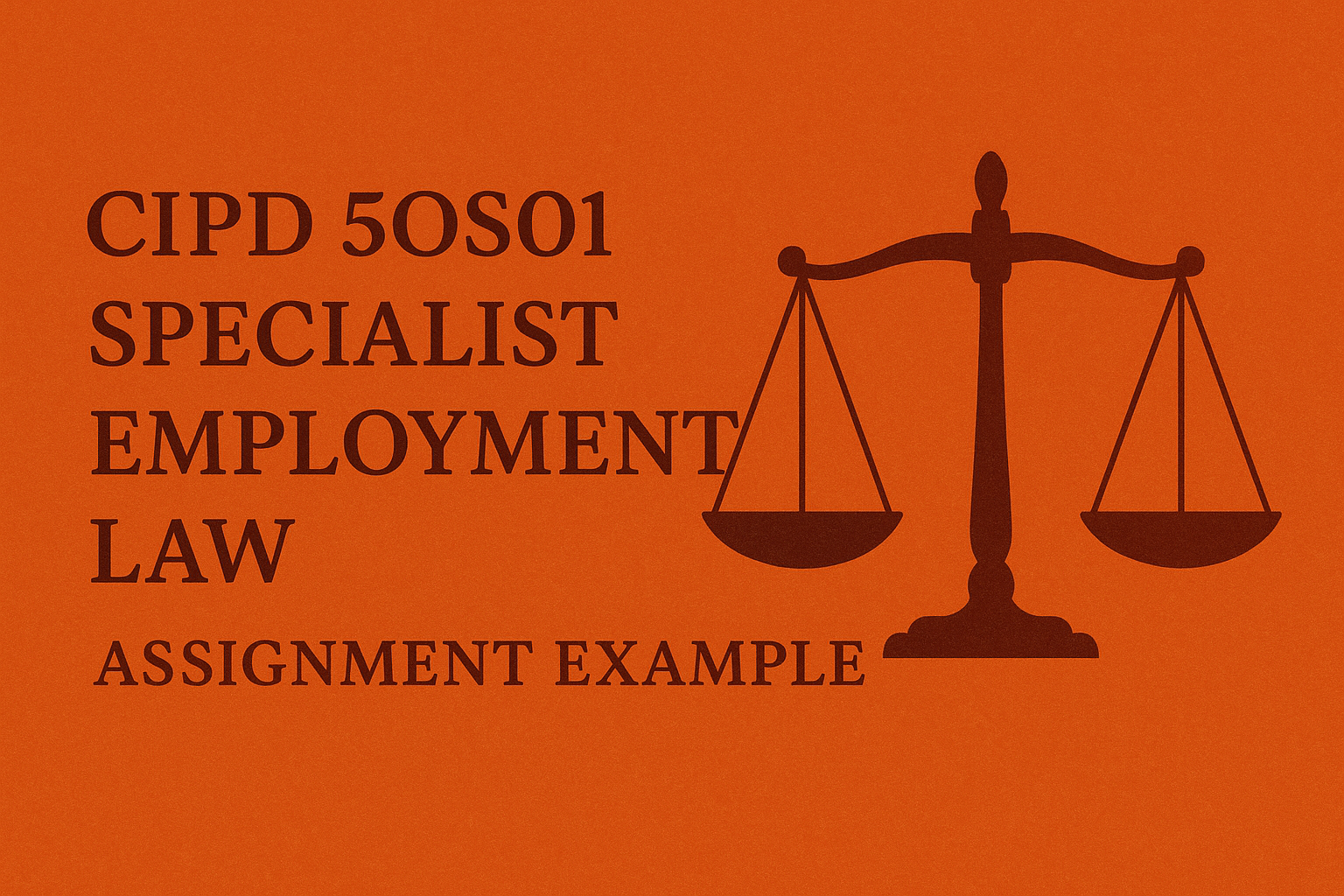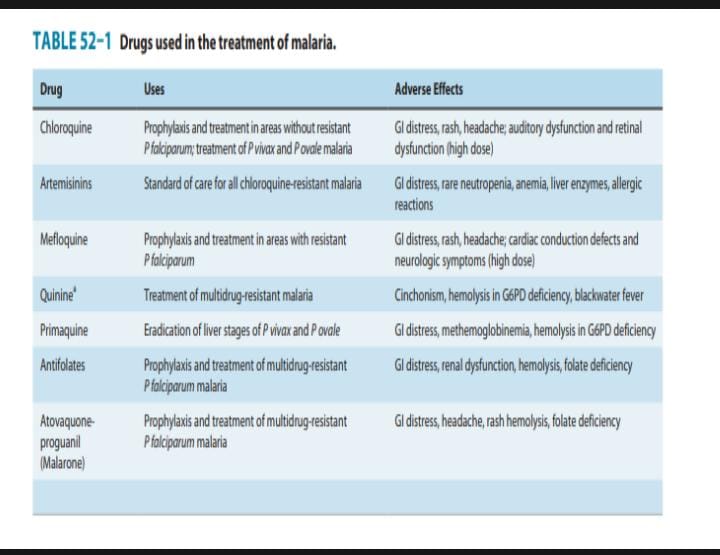
5OS01 Specialist Employment Law Assignment
The Equality Act of 2010, promotes equal employment practices by ensuring no employee is discriminated on the bases of their protected characteristics such The Equality Act of 2010, promotes equal employment practices by ensuring no employee is discriminated on the bases of their protected characteristics such as gender, age, sexual orientation, religion, pregnancy or maternity, marriage or civil partnership and disability throughout the employment relationship (Acas, 2025). In addition, employers are required to provide equal pay to employees working similar or like work. Employees are also entitled to equal access to opportunities such as promotions, rewards and resources. Employees who are discriminated may make a claim against the organisation in the employment tribunal.
Task 1: Manager’s briefing paper
The HR manager has asked you to produce a manager’s briefing paper, to be emailed to them at the end of the month. It should provide updated guidance on the purpose of employment regulation and why it is enforced in practice.
An evaluation of at least three aims/objectives of employment
regulation (AC1.1).
Safeguarding employee rights and preventing exploitation
Employment regulations safeguard employee rights from exploitation in the workplace. The Working Time Regulations of 1999 ensure that employees are not overworked by providing a maximum working hour of 48 hours a week (Acas, 2024). The legislation also requires employers to provide employees with 11 hours of rest every 24 hours and 20 minutes of rest if working shifts exceed 6 hours. This also helps with improving employee wellbeing. The HASAWA Act of 1974 on the other hand protects employees right to work in a healthy and safe working environment (Health and safety Executive, 2024).
Promoting fair employment practices
Employment regulations such as the Employment Rights Act of 1996 promote fair employment practices by protecting employee right to fair workplace policies and practices. This includes ensuring there is fairness and grievance and disciplinary processes and prevention of unfair dismissal (Legislation.gov.uk, 2009). For example, for an employee dismissal to be fair it must be on the basis of the five fair reasons such as capability, redundancy, misconduct, statutory breach or some other substantial reason. In addition, employees are entitled to a fair hearing, accompaniment during hearing and opportunity for appeal. This is instrumental in promoting fairness, justice and creating a positive workplace environment. Besides, the national Minimum Wage Act promotes fair employment practices by ensuring employees have access to national living wage and minimum wages to allow them to afford a decent living.
Promoting equal employment practices
The Equality Act of 2010, promotes equal employment practices by ensuring no employee is discriminated on the bases of their protected characteristics such as gender, age, sexual orientation, religion, pregnancy or maternity, marriage or civil partnership and disability throughout the employment relationship (Acas, 2025). In addition, employers are required to provide equal pay to employees working similar or like work. Employees are also entitled to equal access to opportunities such as promotions, rewards and resources. Employees who are discriminated may make a claim against the organisation in the employment tribunal.
An examination of the role played by the tribunal and court system in enforcing employment law covering the Hierarchy of the court system in the UK (AC1.2).
Employment tribunals
These are independent bodies in the United Kingdom that specialize in receiving and handling employee related claims such as unfair dismissal, wage disputes and discrimination claims (ACAS, 2025). Employment tribunals rank lowest in the employment tribunal and provide employees with accessible, informal and low-cost ways of accessing justice. Besides, judgements made in the employment tribunals are legally binding and can be enforced. However, parties dissatisfied with the judgements may appeal through the Employment Appeal Tribunal.
Employment Appeal Tribunal
Employment Appeal Tribunal receives appeals from the Employment Tribunal. In contrast to the employment tribunal that examines, evidence and facts presented by the parties to make a final decision, the employment appeals tribunal seeks to provide interpretations to critical areas of law based on which the judgement may be upheld or dismissed. In addition, parties satisfied with the judgement from the Employment Appeals tribunal has an opportunity to appeal in the Court of Appeal.
Court of Appeal
In the United Kingdom, the court of Appeal receives and hears appeals from the Employment Appeals tribunals. In a similar manner, the court is responsible for interpreting laws, offering legal guidance and enforcing the law with its decisions being final. However, public interest cases may progress to the supreme court.
Supreme Court
The Supreme Court is not only the highest court in the UK but also the final court of Appeal, as a result, its decisions are binding on the parties and all lower courts. The Court hears and determines public interest cases with judgements having legal implications in the country (CLC, 2025). Similarly, Judgements from the Supreme court may serve as precedents that lower courts use to make decisions.
An explanation of how employment cases are settled before the start of legal proceedings, outlining the role of ACAS, including the early conciliation process and use of COT3 (part of AC1.3).
An explanation of how cases are settled during formal legal proceedings in terms of settlement agreements (part of AC1.3)
Task 2: Written guidance
Evaluate the principles of discrimination law and outline the requirements of it in recruitment, selection, and employment (AC2.1)
Discuss the legal requirements of equal pay law and how to defend an
equal pay claim and how to conduct pay reviews (AC2.2)
Explain the major statutory rights workers have in relation to pay (AC4.1)
Discuss the legal implications of managing change (AC3.1)
Explain the legal requirements relating to the transfer of undertakings (AC3.2).
Explain the major statutory rights in leave and working time (AC4.2)
Explain other employment rights relating to flexible working (AC4.4)
Explain the main principles of maternity, paternity, and adoption rights
in the context of employment rights (AC4.3)
Reference list
ACAS (2025). Employment tribunals | Acas. [online] Acas. Available at: https://www.acas.org.uk/employment-tribunals [Accessed 10 Oct. 2025].
Acas (2024). The 48-hour weekly maximum: Working time rules. [online] Acas. Available at: https://www.acas.org.uk/working-time-rules/the-48-hour-weekly-maximum [Accessed 10 Oct. 2025].
Acas (2025). Discrimination and the Law. [online] ACAS. Available at: https://www.acas.org.uk/discrimination-and-the-law [Accessed 10 Oct. 2025].
CLC (2025). Privy Council vs Supreme Court: A Comparative Overview - Carter Lemon Camerons. [online] Carter Lemon Camerons. Available at: https://www.cartercamerons.com/arbitration-and-dispute-resolution/privy-council-vs-supreme-court-a-comparative-overview/ [Accessed 10 Oct. 2025].
Health and safety Executive (2024). Health and safety at work act 1974. [online] Hse.gov.uk. Available at: https://www.hse.gov.uk/legislation/hswa.htm [Accessed 10 Oct. 2025].
Legislation.gov.uk (2009). Employment Rights Act 1996. [online] Legislation.gov.uk. Available at: https://www.legislation.gov.uk/ukpga/1996/18 [Accessed 10 Oct. 2025].

